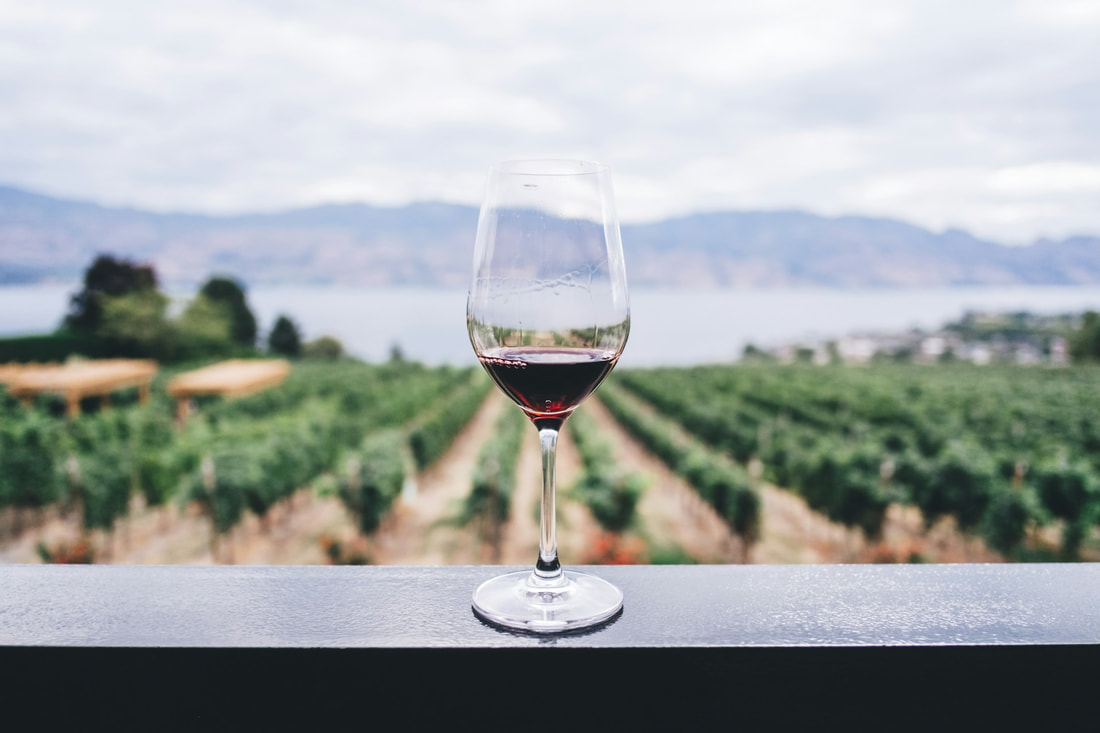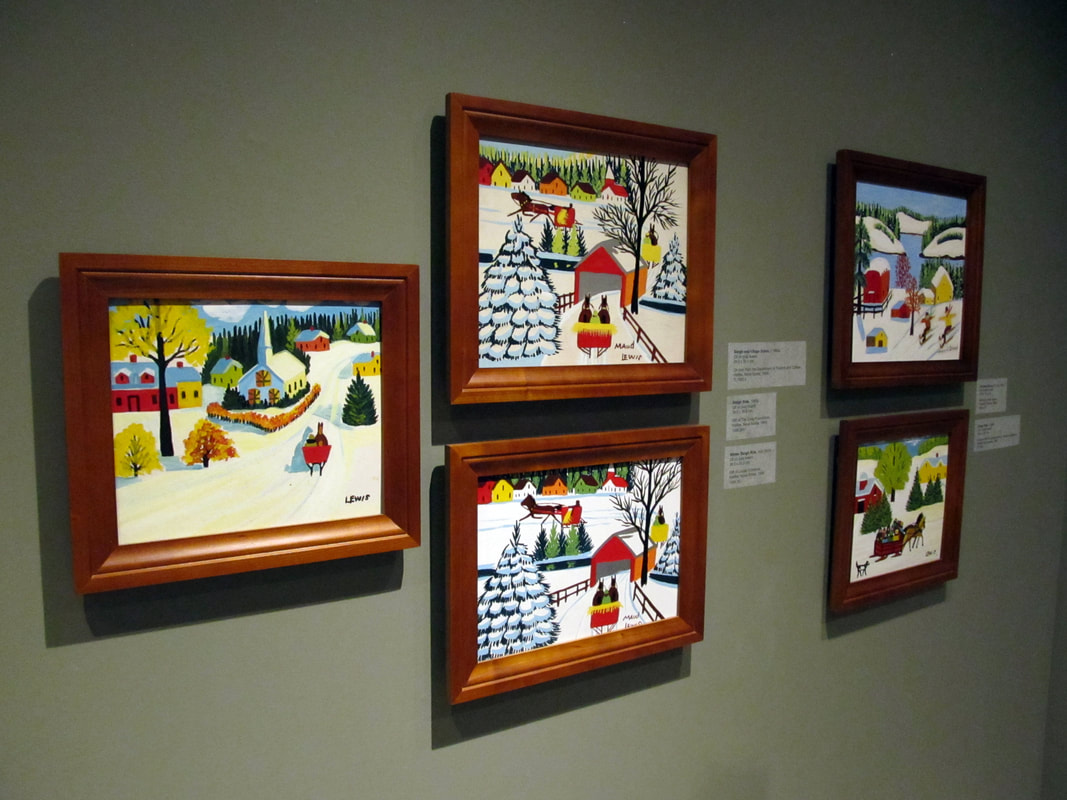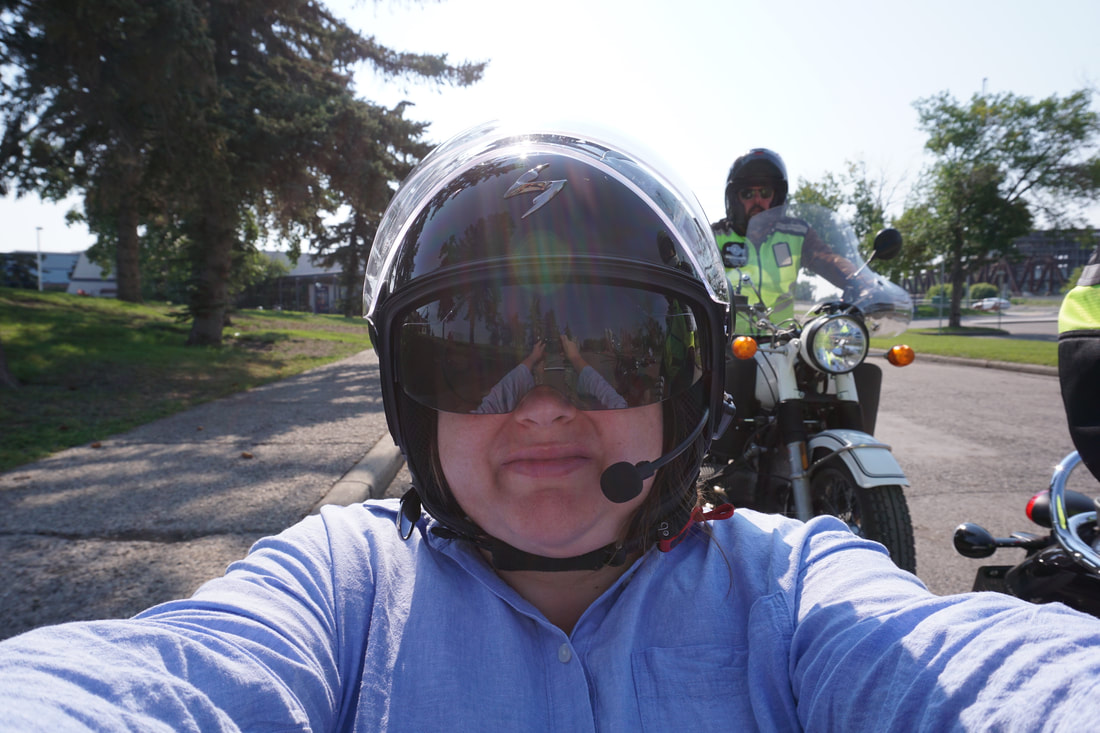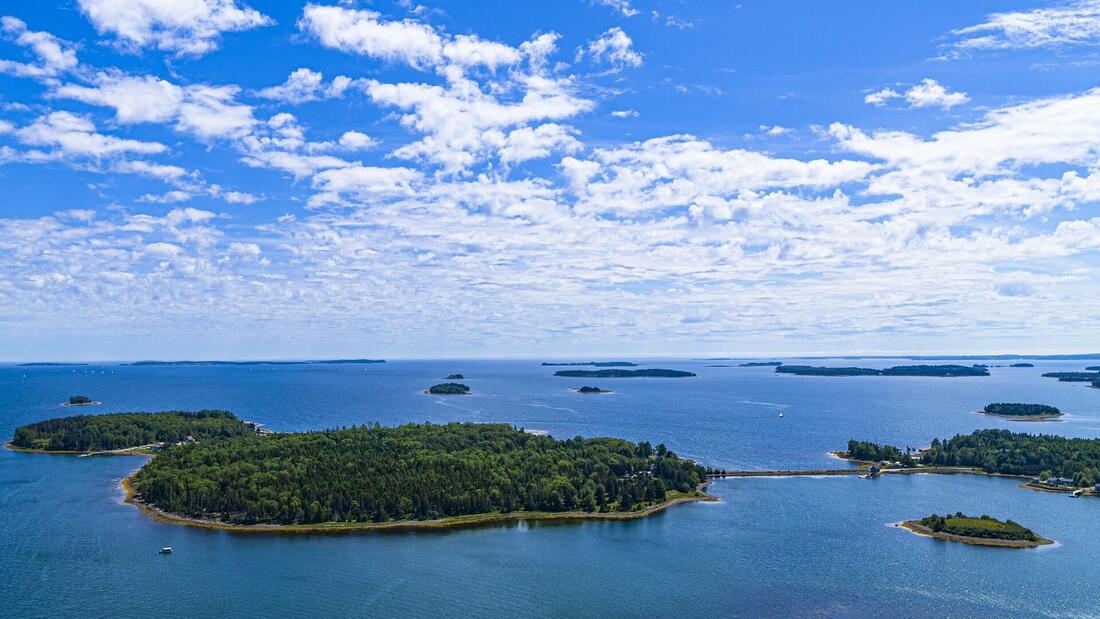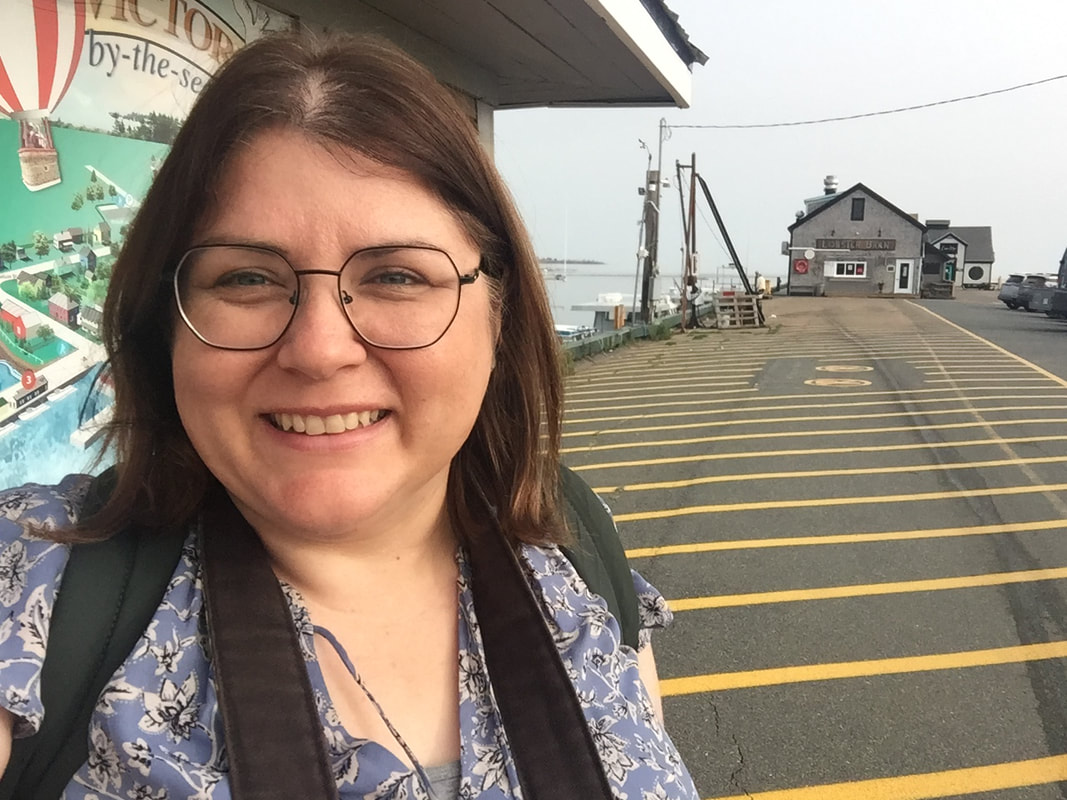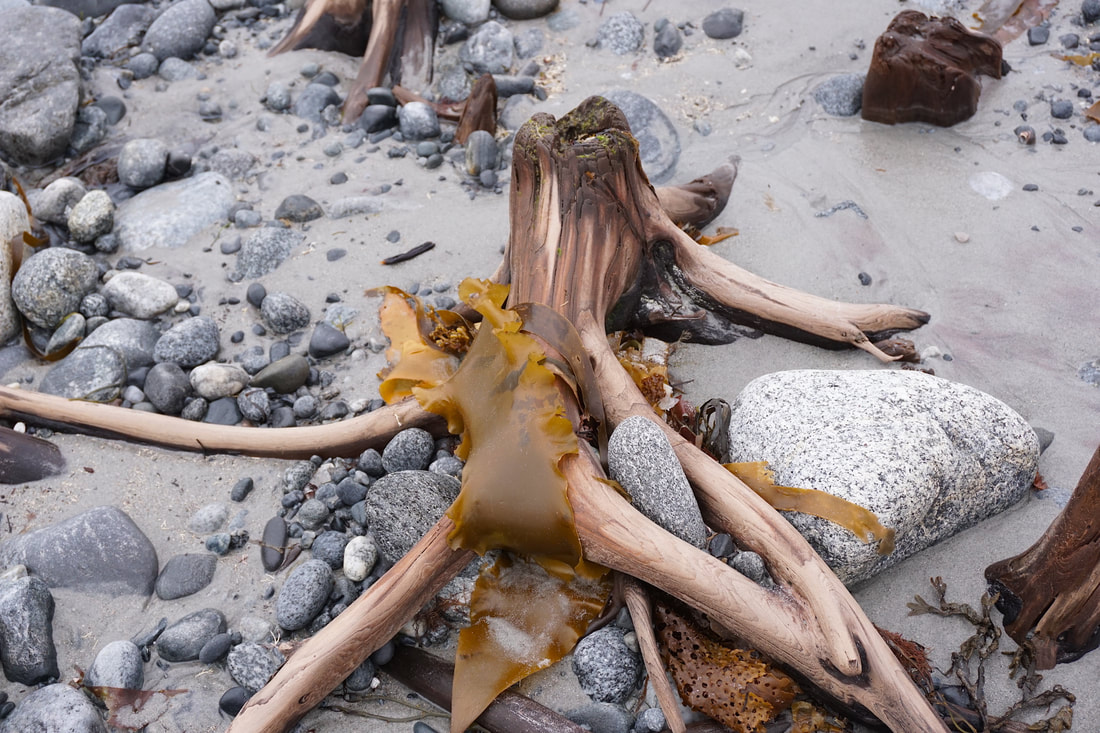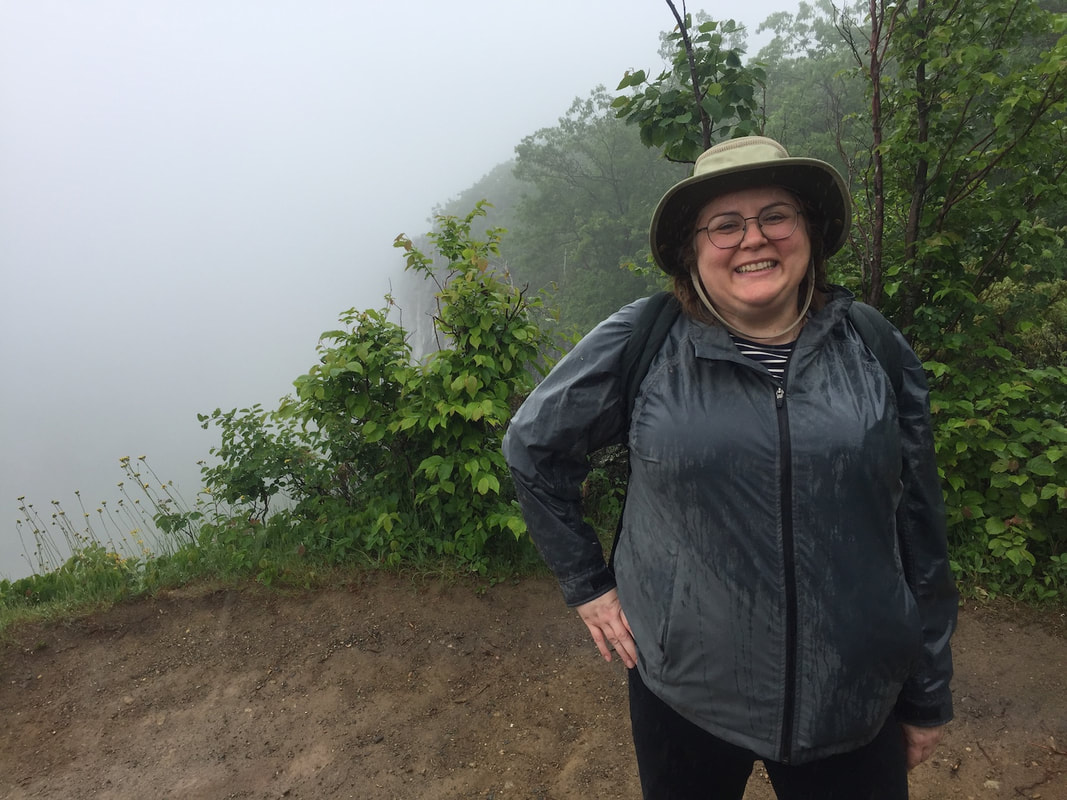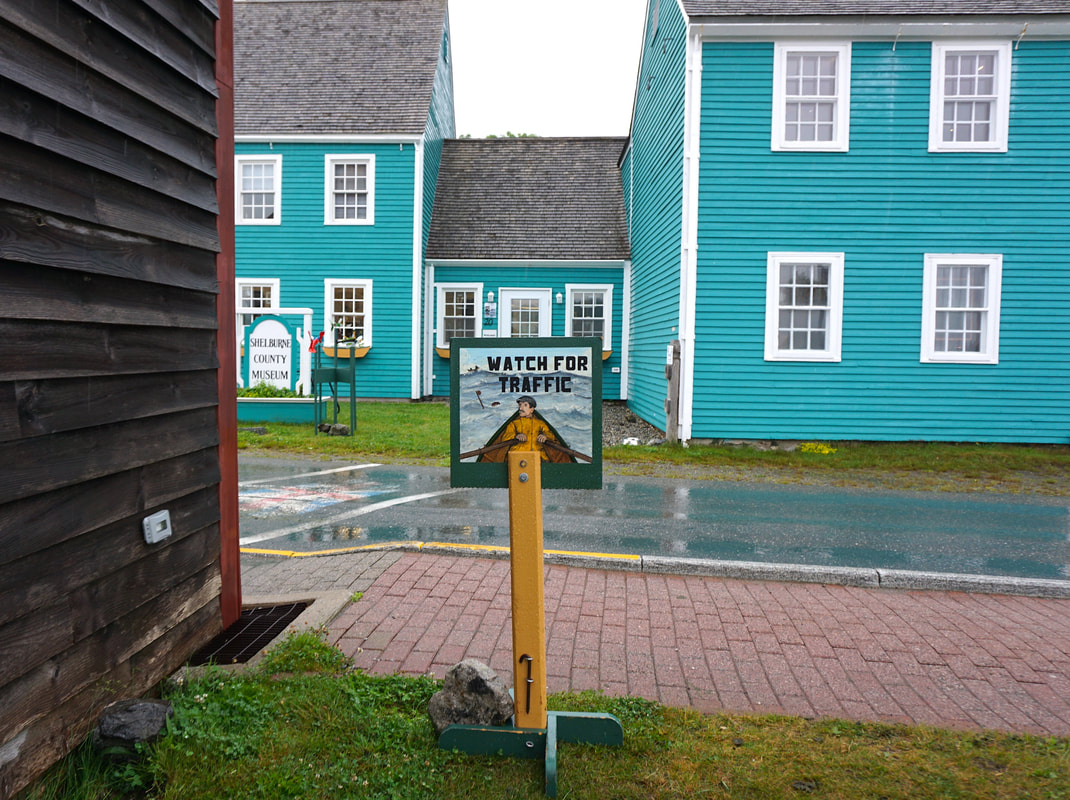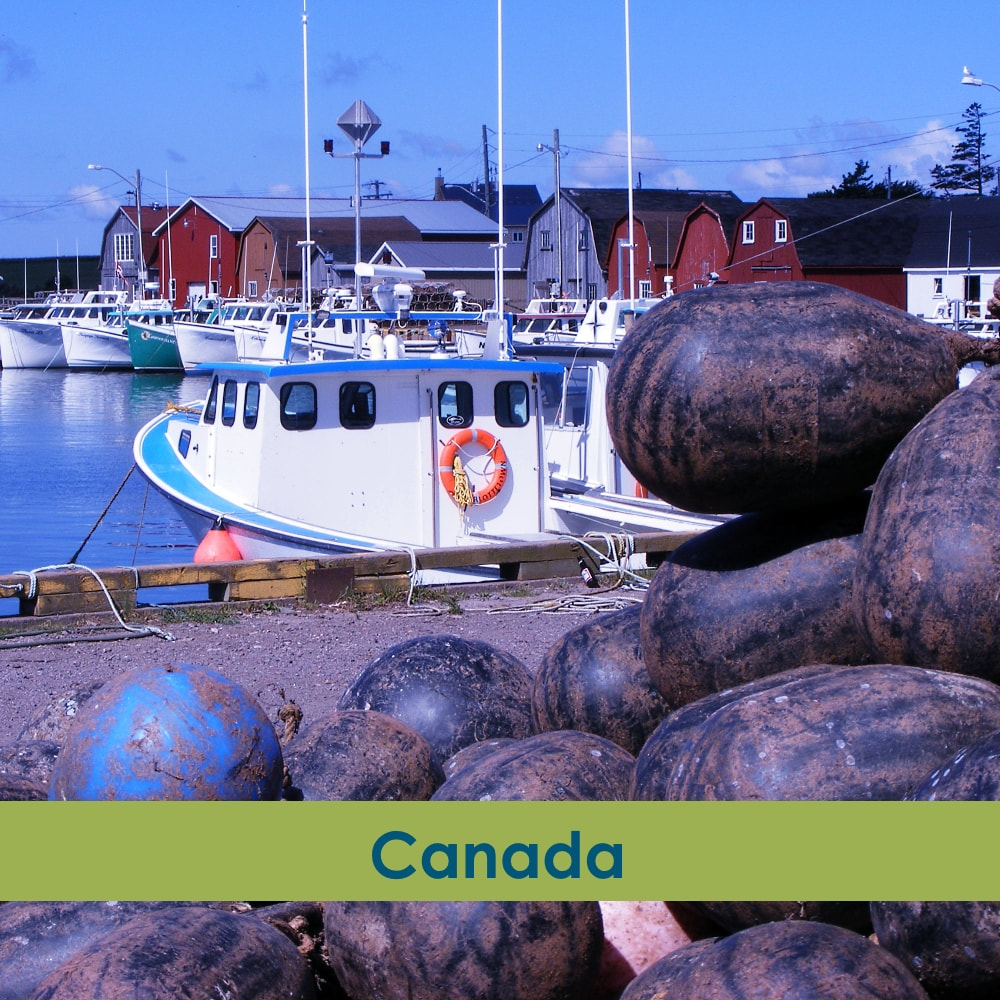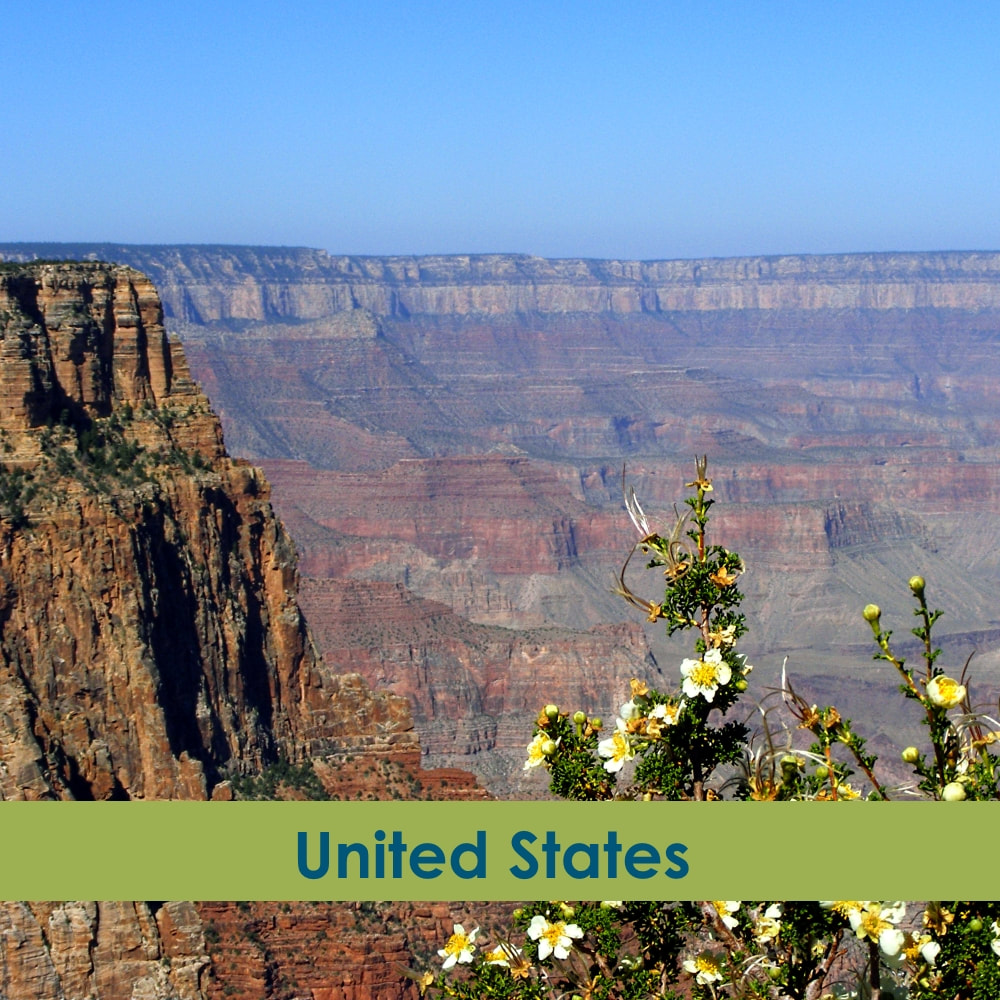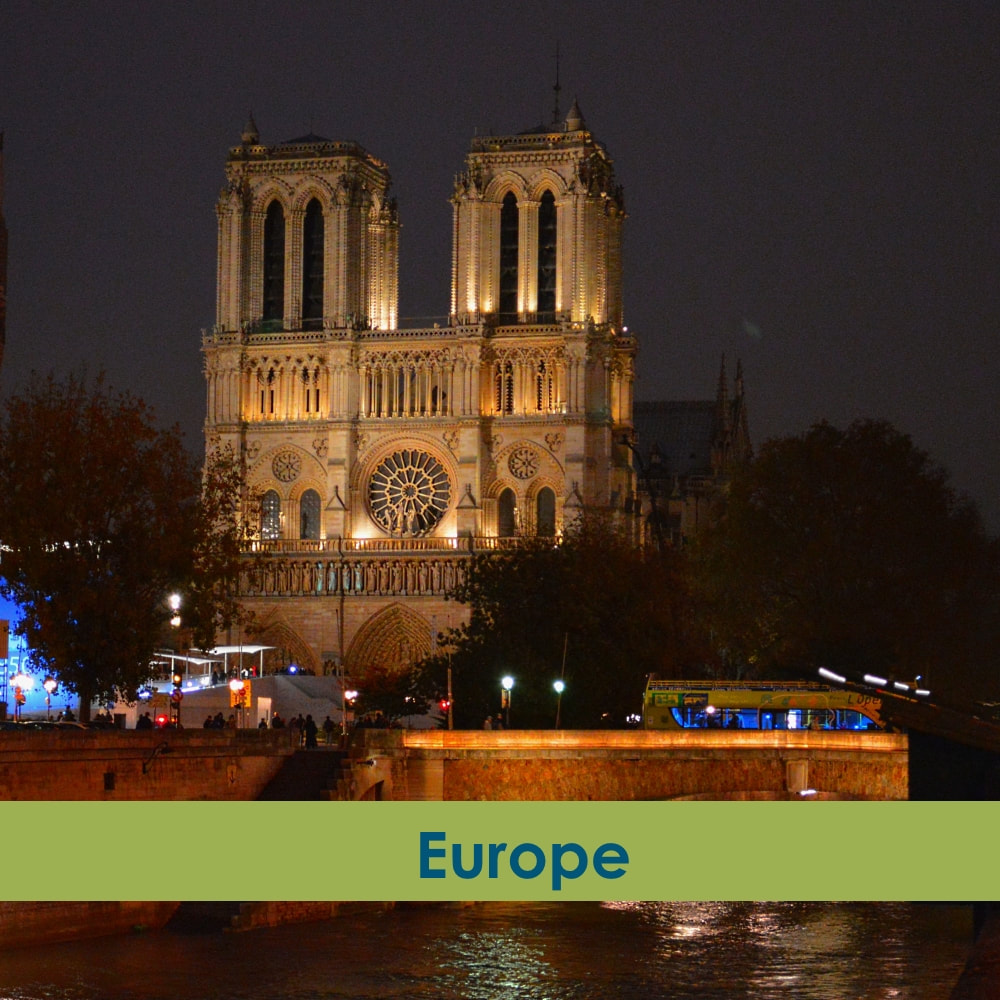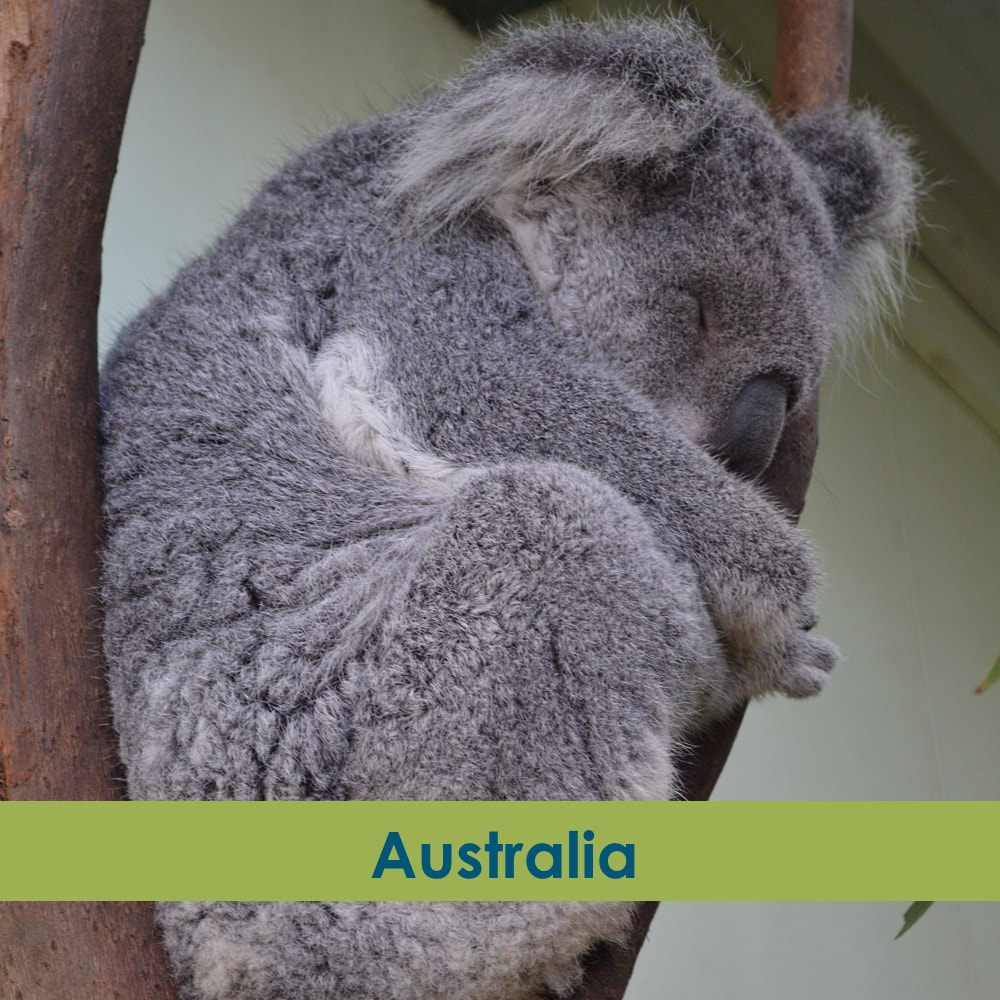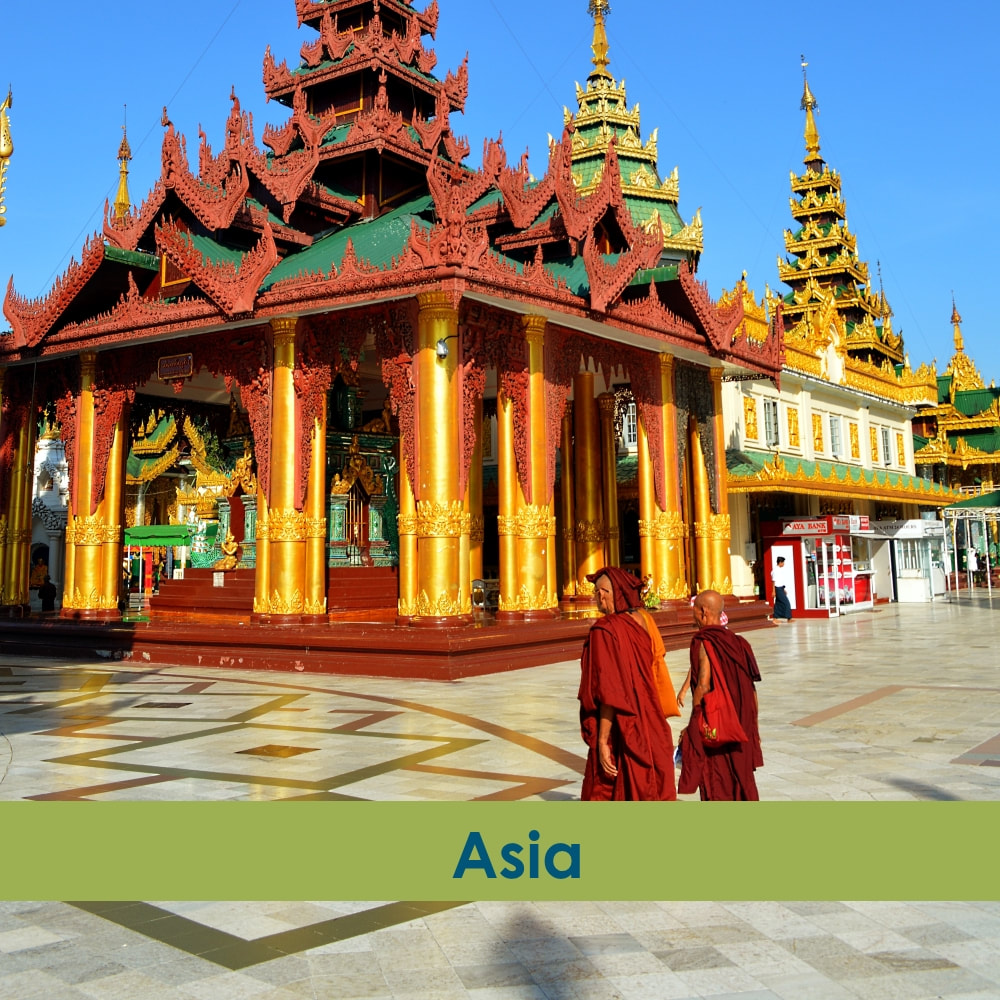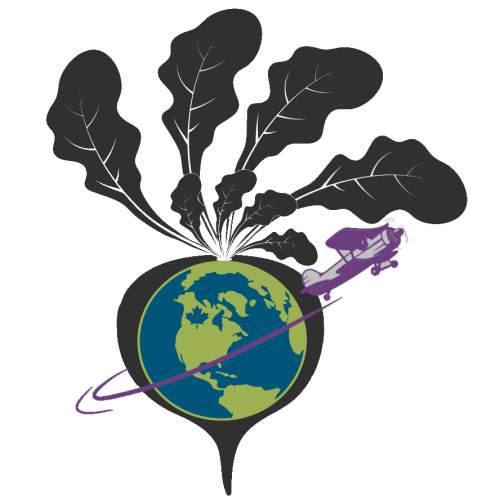In Red Bay, Labrador, I found a small beach that made a big impact. I can’t tell you when Labrador first hit my travel radar.
This rugged, remote Canadian region, a part of the province of Newfoundland and Labrador but physically connected to north-east Quebec, is not a spot for a wimpy traveller like me. Distances are far, amenities can be sparse, and the mosquitoes will strip you bare in seconds. Yet the place they call The Big Land has been calling for me for years. Labrador has topped my travel wish list since the beginning of the pandemic. When I had the opportunity to visit as part of the annual Travel Media Association of Canada conference, I knew I had to go. I dearly wanted to make Labrador’s acquaintance, but it’s doubtful that the region wanted the likes of me. I have no good reason to be enamoured with small Labrador fishing communities like Red Bay and Battle Harbour. My aversion to boats is both legendary and well-founded. Similarly, I can’t tell you why stories from events such as Cain’s Quest, Labrador’s legendary annual 3,100-kilometre snowmobile endurance race capture my heart. I dislike cold weather, sporty things, and noisy fanfare. Frankly, even the process of getting to Labrador is determinedly very non-Vanessa-ish. I like cold foam on coffee, not ferry decks, thank you very much. So, sure, the villages are cute, and the events are spirited, but this is clearly the kind of place I should appreciate through a documentary and not my own Gravol-addled brain. Thankfully, my heart is immune to common sense. These innovative wineries in British Columbia are making incredible wines and travel memories. With 929 vineyards and 369 licensed wineries, British Columbia is a wine lover’s dream road trip location. The westernmost province in Canada, British Columbia, is a vast territory, but the majority of its vineyards are located in the south, within easy distance to many principal cities. For those keen on exploring, putting together your own DIY tour is easy.
For wine lovers in Canada and worldwide, British Columbian wines usually mean one thing: The Okanagan Valley. This spectacular wine region is home to some 185 wineries. However, multiple wine regions in the province are well worth checking out, even if a trip to the Okanagan isn’t possible during your visit. In 2019 alone, British Columbia wineries won more than 1,000 medals in national and international competitions. No matter where you visit, you can be sure the products you sample are outstanding. These are some of the Okanagan’s finest, most innovative wineries, plus more destinations further afield. If you love paintings by Maud Lewis, Nova Scotia's beloved folk artist, as much as I do, you'll want to check out these sites. Maud Lewis was born Maud Dowley in 1903 in the southern Nova Scotia community of Yarmouth. By her death in 1970, she was recognized as a leading Canadian folk artist. Yet the woman who would become Nova Scotia’s treasure spent her life undervalued. If you love paintings by Maud Lewis, you will appreciate her talents even more after learning about her life and visiting the places in Nova Scotia that showcase her gifts.
In the most barren of circumstances, Maud created art – spectacular art. Her adulthood was a story of poverty, crippling and terrifying, and far from the romanticised austerity that sometimes creeps into her present-day narrative. Living with what we now recognize as degenerative juvenile rheumatoid arthritis, Maud bore constant pain. Married life in Digby brought a meagre house and a worse husband. Only a few neighbours offered comfort through hot meals, hot baths, and furtive visits. Defying her circumstances, she generated one of the most impressive yields of any artist. She painted shutters, baking pans, and scallop shells, along with nearly every surface of her diminutive house. She sold thousands of paintings depicting rural life, including oxen teams with gilded yokes and fluffy farm cats with wary eyes, often for just a dollar or two from her perch by the side of the road, a ploy devised by her husband to exploit sympathies and coax sales. Maud is often remembered as childlike with her petite stature and shy smile. But she was a gritty survivor, canny enough to turn her talents into a livelihood, carving a space for herself in an inhospitable world. I grew up in Nova Scotia, and I can’t remember a time when paintings by Maud Lewis weren’t a part of my life. As such, I’ve come to love these tourist attractions dedicated to her. Visiting them should be on any art lover’s travel list. In Calgary, Alberta, a unique city tour combines iconic motorcycles and jaunty sidecars to help visitors see the city in an entirely new way. If there's one activity I long thought I'd never experience thanks to my deep-seated anti-adventurist tendencies, it's a motorcycle tour. However, when I embarked on a tour with Calgary’s Rocky Mountain Sidecar Adventures, I learned that the experience is about much more than the bike. It's a time-traveling adventure that immerses you in the charm of vintage Ural motorcycles.
Rocky Mountain Sidecar Adventures is a family owned and operated business that offers seasonal motorcycle sidecar tours between May and October. The company uses Urals almost exclusively, though there is one Triumph in the fleet. Ural, which was founded in Russia in 1941, originally built sidecar motorcycles to help the military in World War II but they also thrived in the post-war era, as people fell in love with how practical they were. During my tour, I saw for myself just how practical (and fun!) these vehicles really are. Here’s what I loved about them. Are you a fan of The Curse Of Oak Island? You can actually visit Oak Island, Nova Scotia, home of the world's longest running treasure hunt. But you have to prepare. What’s the most exclusive island in the world? Is it a flashy resort in the Maldives or a spectacular nature retreat in Fiji? Not even close! There’s no island quite so desirable as Nova Scotia’s Oak Island. Think I’m kidding? The annual allotment of 10,000 tour tickets sells out in less than three minutes.
Oak Island isn’t your typical island paradise. Located just 45 minutes from Halifax, there are no gentle turquoise waves here. But maybe – just maybe! – Oak Island has riches all its own. For hundreds of years, Oak Island has been the site of rumours, wild speculation, and – depending on who you believe – treasure, spectacular treasure, the kind of treasure that would make a pirate proud or drive the Knights Templar to create an elaborate hiding spot. The type of treasure that has fueled a top television show, The Curse Of Oak Island, for 11 seasons. In short, Oak Island is home to the world’s longest-running treasure hunt. So, is there really a literal king’s ransom of gold and jewels on Oak Island? Go see for yourself. Here’s how to visit Oak Island, home of the world’s longest running treasure hunt. There's no travel treat I love quite like a fancy coffee. But would fate keep me away from the decadent delights in Victoria-By-The-Sea? Have you ever had one of those travel moments when you really, really want to visit a place but it seems that fate is determined to keep you away?
That's how I've felt about Island Chocolates in the small Prince Edward Island village of Victoria-By-The-Sea for YEARS now! I had the shop (and, specifically, their chocolate-infused "factory coffee") since 2021. That autumn, Ryan and I rolled into town in the middle of a brutal rainstorm and we couldn't find the shop. This is clearly a reflection on how road-weary we were, as the shop is on MAIN STREET. We must have been a bit loopy in order to miss it. As such, our only moment of triumph from that visit was finding public washrooms. No chocolate for us. I had a second chance in 2022 when I was visiting PEI with friends. We enjoyed a wonderful dinner in Victoria-By-The-Sea before taking a leisurely walk up to Island Chocolates... except that it was closed! Once again, it was our fault. We didn't look up the hours and it's not surprising that they'd be closed after supper time. Would my luck change in 2023? Well.... The Hawk on Cape Sable Island is Nova Scotia's southernmost point and home to its most unusual beach.
When you go as far south as you possibly can in Nova Scotia and the pavement ends, you’ll find yourself at a quiet beach known locally as “The Hawk.” This isn’t your average Maritime beach with soft sand and smooth pebbles. The shores here are filled with thousands of fossilized tree stumps.
The Hawk (most likely named after a schooner washed ashore in the 1800s) is located on Cape Sable Island. No, that’s not the same place as Sable Island, famously home to wild horses. Cape Sable Island sits between Yarmouth and Shelburne and is the southernmost part of the province. There isn’t much in the way of horses in the area, but birds are a different story. Bird watchers love this beach, and The Hawk is part of the Cape Sable Important Bird Area. However, the wildest thing of all are the fossilized tree stumps, part of a 1500-year-old drowned forest. The Cup and Saucer Trail on Manitoulin Island, Ontario, is a beloved spot for adventure. But how would an anti-adventurist like me fair on this hiking route?
I have a rule when it comes to hiking. I have to be able to complete the route while holding a travel mug, full of a delicious latte. If you're going to trudge through the forest, you might as well do with a tasty hot beverage in hand, right? And having a hot drink to balance means you're avoiding anything too arduous. However, while on a press trip to Manitoulin Island, located just outside Sudbury in northern Ontario, I broke that rule all in the name of, well... I'm not sure exactly. Adventure? That doesn't sound like me. Being a bold, brave travel writer? Welllll.......
Like many anti-adventurist excursions, I had several moments of doubt along the way, but I'm ultimately happy that I did it. Here's what it was like to hike the Cup and Saucer Trail - in the rain! In the cozy, colourful seaside town of Shelburne, you can connect with arts, crafts, culture, and cuisine. I know a thing or two about having adventures in Shelburne, Nova Scotia. After all, this is where I had my infamous "anti-adventurist" moment when I attempted axe throwing! (You can read all about it here - thankfully, nothing was hurt but my pride). However, there are plenty of much cozier, low-key, micro-adventures to enjoy in this pretty seaside community, with no weapons, tools, or farm implements required! If you're lucky enough to find yourself in southern Nova Scotia, here are some of the treats you can enjoy.
|
�
Recent Posts
Posts by Location
Post Categories
All
Posts by Date
June 2024
|
Disclaimers, Privacy, and Cookie Policy |
Top 100 Travel Influencer
As named by the Obama White House in 2014. |
© COPYRIGHT 2024. ALL RIGHTS RESERVED.
|


